I create short-form animated films, driven by the process of hand-making. I source my imagery from early silent cinema I’m drawn towards, allowing intuition and the unconscious to play a major role as I shape a work. To that end, I often unite elements that do not have an obvious, shared context. I work with them to create an atmosphere where this non-rational alignment appears somehow natural and poetically sound. I feel my way through archival material, searching for a sense of inevitability and emotional coherence in the sequencing and flow of the images. I do not storyboard my films. Their narrative core evolves and becomes a sort of mutable, flowing presence that is thick with suggestion. I’m drawn to moments of ambiguity and intimacy—and to actors who have given a role particular psychological complexity. Over time, my work has developed a gothic sensibility; the mysteries of night, shadow, and a lurking unknown are integral to their tenor.
My films take several years to produce. I construct thousands of individual paper collages, seamlessly combining film images with fragments of 19th-century engravings and illustrations. I work sequentially, frame by frame. A second of film requires eight individual collages. My work is experimental, informed by Surrealist techniques of collage and montage. As short form film, animation allows for condensed drama and an immediacy of immersion I enjoy.
I freely edit and alter the performances of ‘my’ actors, to render a new persona for iconic early film stars like Lillian Gish, Mary Pickford, and Janet Gaynor. My films give these women personal agency and empower them as protagonists whose stories unfold in an atmosphere of strange disquiet. By re-contextualizing historic footage and gender, I encourage a feminist reappraisal of both film and of this historical period when the still undefined realm of cinematic language overflowed with creative expression and experimentation.
I’m curious about the nature of longing—how longing can provoke and mediate experience. Deep yearning carries my heroines toward moments of dismay and self-discovery. Points of transition figure strongly in my work. My heroines face these junctures with insight and self-reflection, steeled for endurance. The sound design for each project (created in collaboration with contemporary composers), enhances these anticipatory, pivotal moments. My latest film is a collaboration between myself and the artist John Romano. I design the animation, John edits the material adding additional design in the construction process.
In 2011, I began to explore installation formats for my films. I collaborated with colleagues and fabricators to design free-standing objects that mirror key elements in a film—a house, a tower of antique beds, a laboratory instrument. These structures serve as miniature screening “rooms” for looped sections of my animations, seen at small scale. I find that the installations extend the metaphorical power of a film, confusing fictive and real space. They allow me to question filmic scale and to play with visual distortion and presentation. As a viewer peers into one of these structures, as if through a keyhole, it changes the psychological and bodily relationship to the film—and compounds the experience by enacting voyeurism and fantasy.
—Stacey Steers

